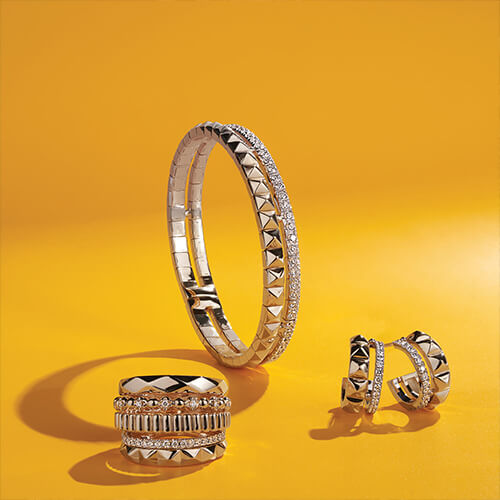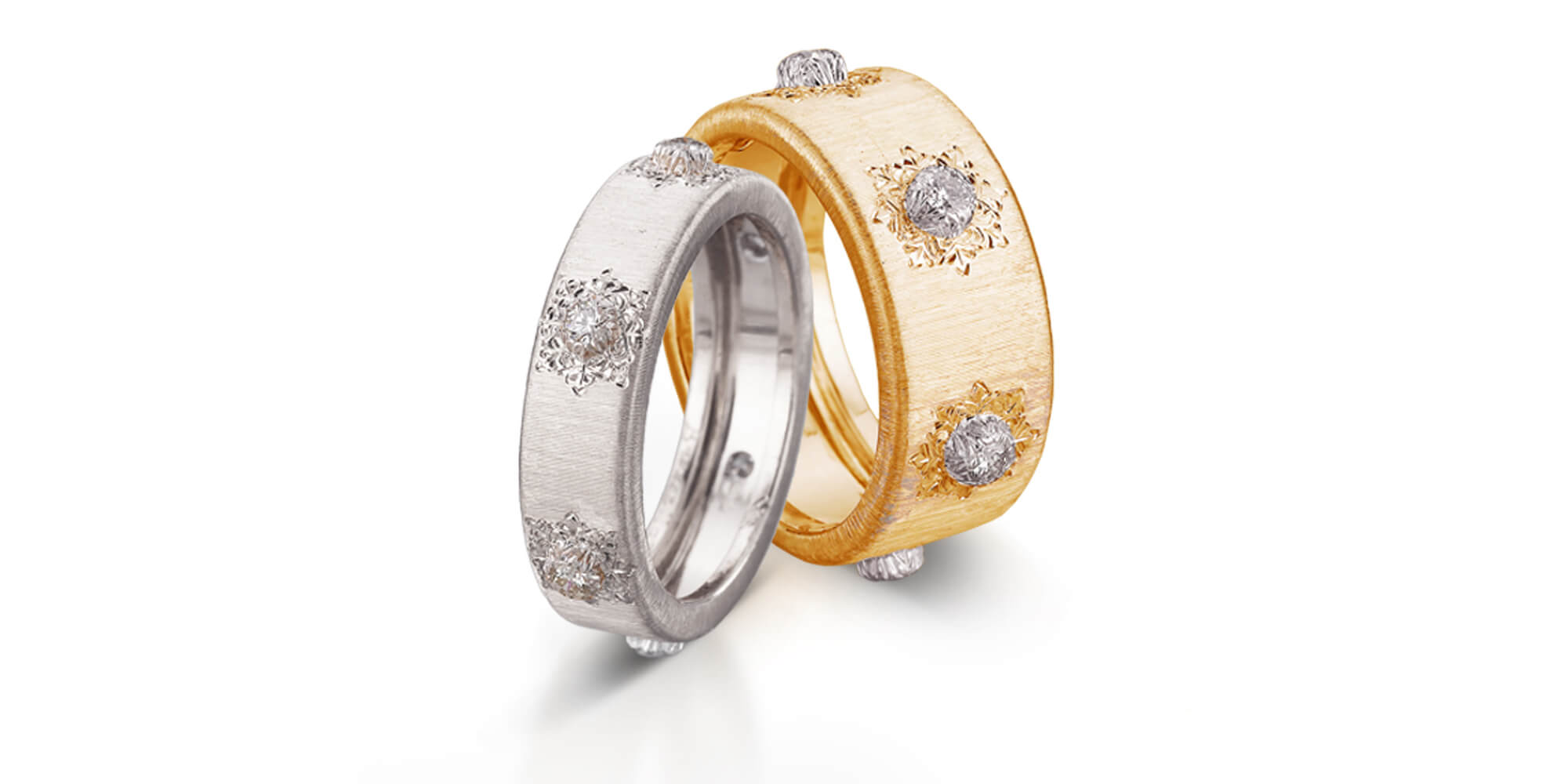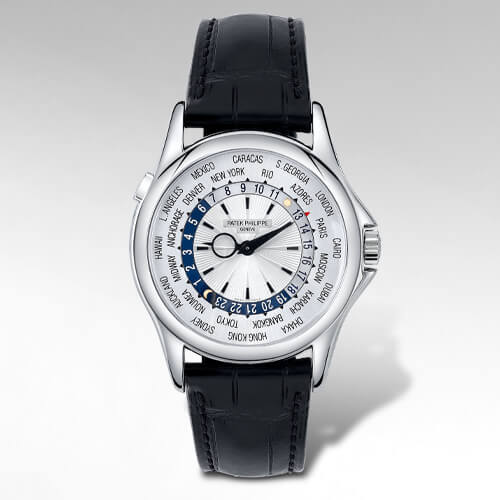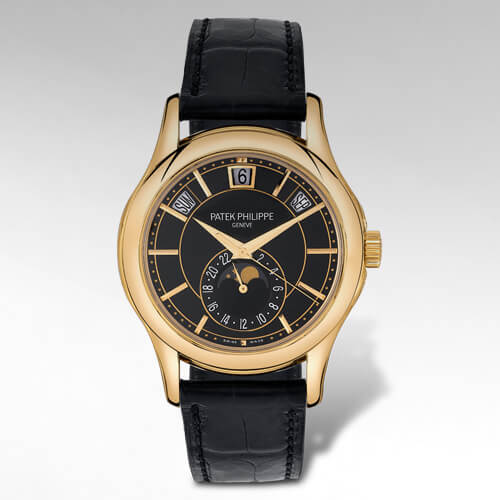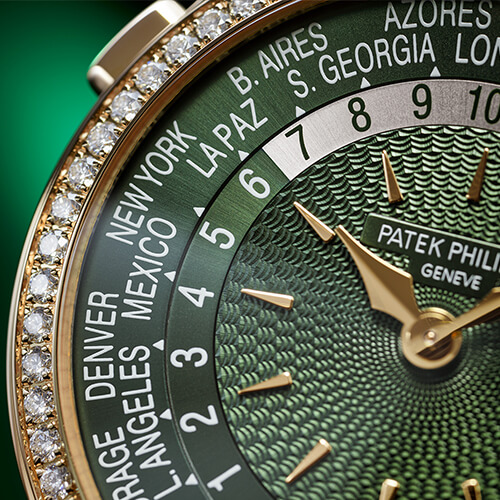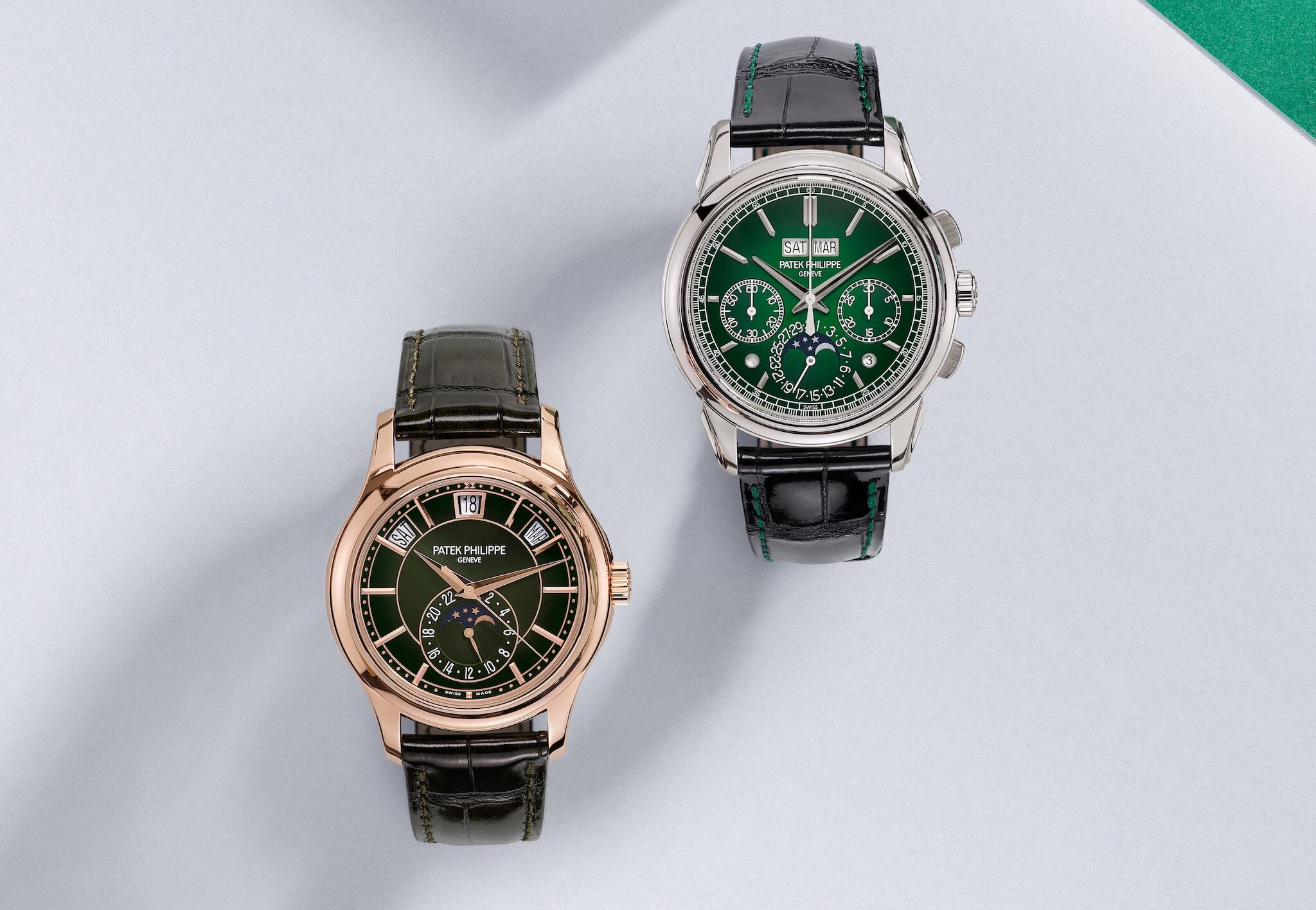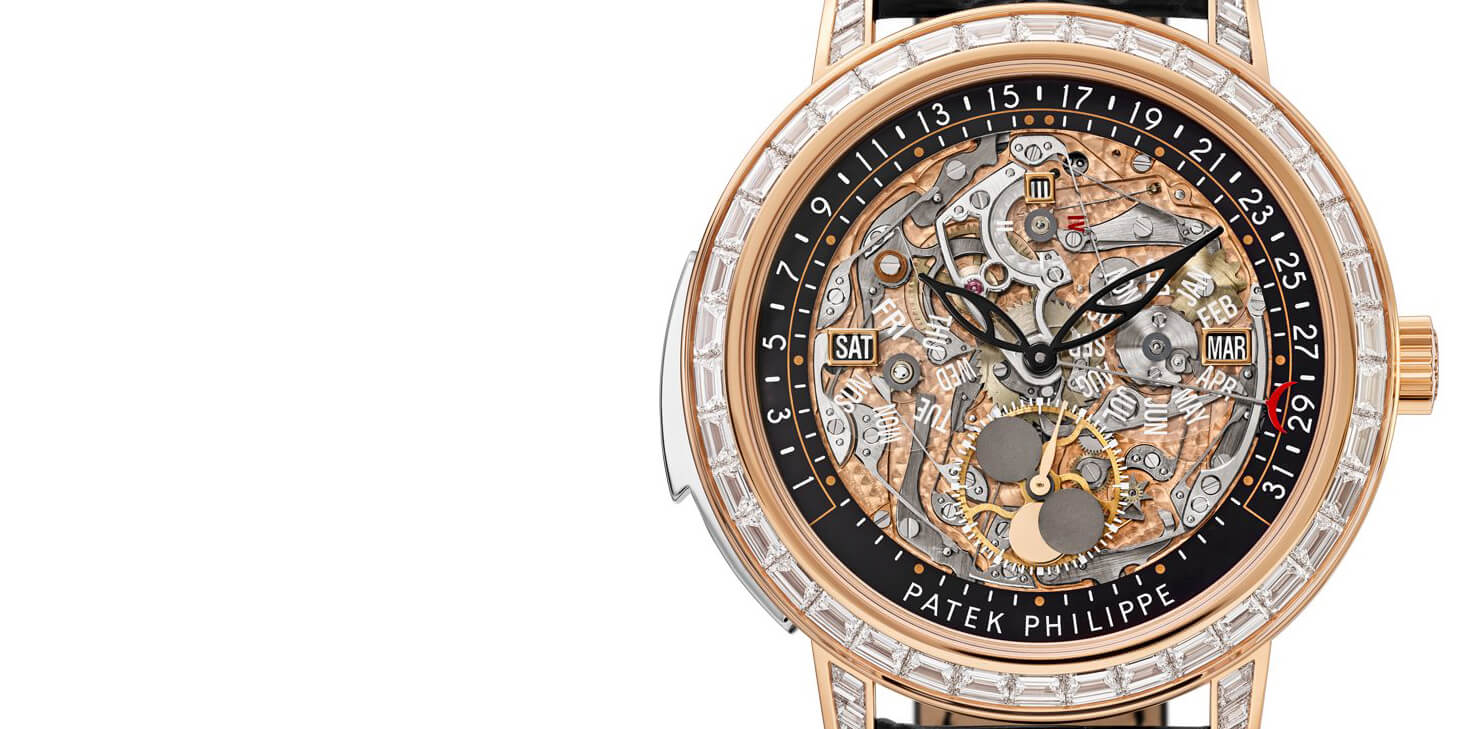Hand Finishing & Fine Workmanship
The basis of hand-finishing is to smooth away the tiny burrs and imperfections created during the machining of a timepiece’s many components. These imperfections can impede the fit and finish of a piece as well as reduce the accuracy and function of a movement. In addition, this process helps protect against oxidation and turn the metal components within each timepiece into beautiful pieces of art.
The hand-finishing of a Patek Philippe timepiece is neither purely aesthetic nor solely for the function. The processes serve to add fine decorations and subtle enhancements to enrich not only the aesthetic, but also the beauty, rarity, value and functionality of their timepieces. This is applied to both the visible parts of the timepiece as well as the many important pieces of each timepiece that remain hidden within the watch’s case. Several hand-finishing techniques apply to nearly every Patek Philippe; here are a few applied to many of their timepieces:
⋅ Hand-applied gold numerals
⋅ Hand-enameled dial
⋅ Polishing the watch case
⋅ Hand-finishing with boxwood for the movement components
Faithful to the noble artisanal techniques, its watchmakers and craftsmen perpetuate the beautiful, timeless gestures and the sharpness of eye and deftness of touch that have always distinguished the fine art of watchmaking. These skills live on in perfect harmony with the most advanced technology.
Since 1845, Patek Philippe has received more than 80 patents for its inventions. Some of the inventions relate to movements and others to timepiece design in the area of habillage, a term that refers to cases, hands, dials, and all other elements that make up the external structure and appearance of the watch. Many of these inventions have inspired the horological community.
explore all timepiece styles
